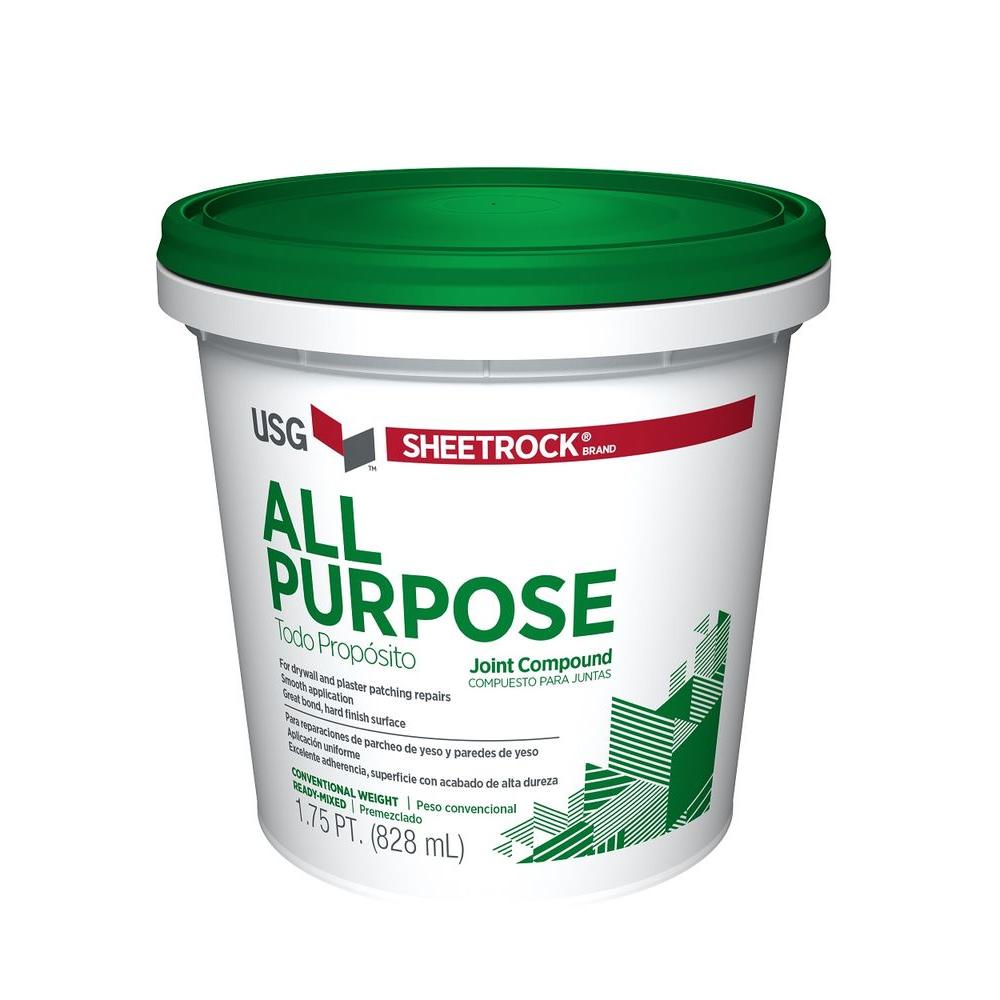
Here’s the next part of the video where the skim coat is finished. It doesn’t need to go on as thick as the first one. If you want, a smaller roller like a ¾” roller works great for a second coat. Repeat steps four and five for your second skim coat. Let the paint dry for a few hours before starting your second coat. Repeat this process until you’re completely done with your first skim coat. Scrape any excess paint into your mud pan and repeat until your wall is finished. The goal is to end up with a smooth surface. You want to remove all the lumps of paint and any small bumps on the wall.

Take your putty knife and scrape off the excess paint.ĭo this for the entire section that you just painted. The coat you applied with a roller won’t look smooth. But one person should be able to do both just fine. You can have a friend help you skim or paint to be safe and speed up the process. This can ruin a project quickly, so make sure you watch the paint carefully. But if the paint starts to dry, you won’t be able to skim anything. This ready-mixed joint compound is less shrinkable also. It’ll offer you a coating that is 35 lighter than other random dry muds. In the next step, you’ll need to skim the paint with a putty knife. USG 381466Ready Made Joint Compound is one of the most durable joint compounds you can ever own. If you’re painting a big wall, paint it in sections. So you’ll have less sanding to do with a thinner joint compound.Īll you have to do is dip your roller in the paint tray and start painting the wall. Thicker joint compound often requires a lot of sanding because it doesn’t apply as consistently as a thinner coat. It will get rid of the bumpy knockdown texture or other rough patterns on your wall or ceiling. Two coats also ensure that your wall has a smooth and glossy texture. The thinner joint compound makes it easier to apply the coat. Since we thinned the joint compound with water, we’ll apply two skim coats. Just add water until you get a yogurt-like consistency. This isn’t something you need an exact formula for, though. The video below recommends emptying out half of your joint compound and adding about four cups of water. Thin out your joint compound.Ī skim coat is a thin coat of paint, so you’ll want to thin out your joint compound with some water. Any other exposed areas inside your wall, like electrical wires, need to be taped off as well. Typically this includes outlets and the top of baseboards. Stainless steel mud pan ( find one on Amazon)Īnything that you don’t want to paint, you need to tape entirely.12” putty knife or longer ( find one on Amazon).To skim coat walls with a roller, you’ll need:

Clean up the room and remove all the tape.įirst, you will need to gather all the materials you need.

Then it’s smoothed out by using a drywall knife or trowel. I guess the question is, is the Gardz better than the oil based primer enough to make it worth doing two coats of primer? One to seal well and the other just to even out the color? It is the middle of winter making the thought of using the oil based primer even less appealing than usual, it's not a terribly large room though lots of cutting in will be involved.Ĭi_lantro - So is mixing the Bin and Gardz to meant to make it opague? I'd have to ask my husband about how it was while painting on, it might have been hard to tell as he was applying but you could definitely tell when it dried where the Gardz was because the wall looked laquered. A skim coat, also known as a level-five drywall finish, is a thin coat of diluted joint compound that can be applied by hand, paint roller or spray rig. Even though the skim coat covers it pretty well its thin enough that there are spots where the blue shows through. paintguy I know Gardz is a good primer but would still need to use a second coat of primer with pigment if I did Gardz because the original wall was blue. Paintguy & graywings - I think you two answered my question either go Gardz or oil based primer but not regular waterbased right on top of the skim coat.


 0 kommentar(er)
0 kommentar(er)
